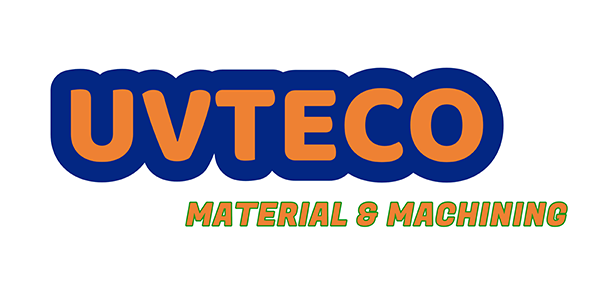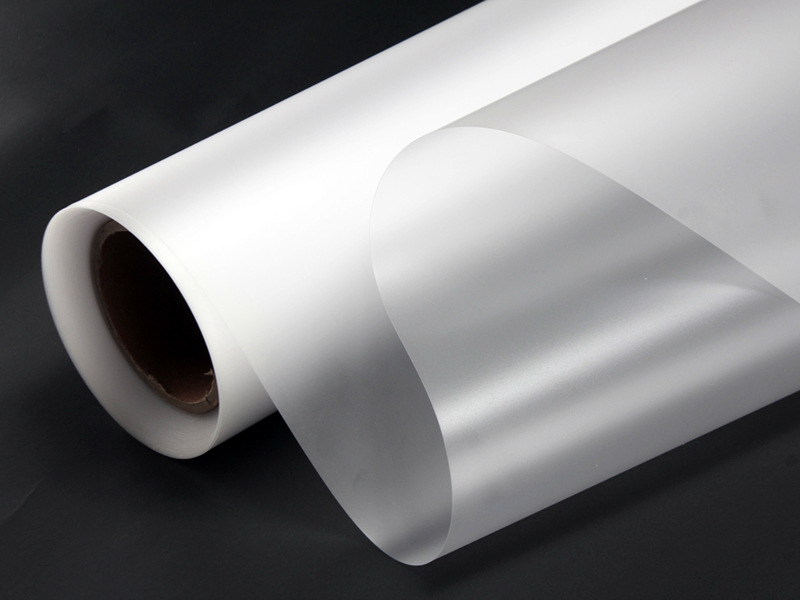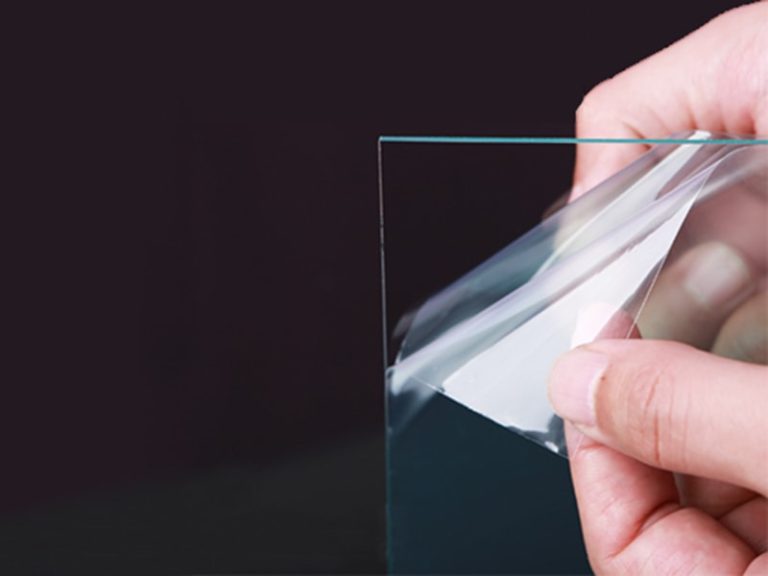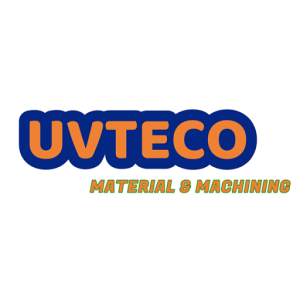About Polycarbonate Film/roll
Polycarbonate film is a thermoplastic polymer transparent film made of high-quality polycarbonate plastic by extrusion. Sometimes, people call it “PC film”, it offers excellent ink adhesion, high impact resistance, good light transmittance, etc. Polycarbonate film can be transparent, translucent, and opaque, the common colors are transparency, translucence, black, and white. The standard thickness is from 0.05mm to 1mm. Normally, polycarbonate film is packaged as a roll or flat sheet.
Polycarbonate film offers different finishes, such as polished/glossy, matte, fine velvet, and velvet. It offers outstanding machinability, polycarbonate film can be easily thermoformed, molded, printed, and die-cut. Otherwise, it can offer scratch resistance, and electro-static discharge capability (ESD, or anti-static) with coating technology.
Polycarbonate film is a very popular material for battery packs of electromobiles, membrane switches, graphic overlays, labels, nameplates, protective goggles & visors, front face panels, etc.
Specification of Polycarbonate Film
Polycarbonate films in stock
UVTECO stocks polycarbonate films in different grades, different surfaces, and different thicknesses. Otherwise, we can provide the part by machining polycarbonate film by UV printing, silk-screen printing, routing, cutting, die-cutting, vacuum molding, etc.
Model description
available Colors of polycarbonate sheet
The common color of polycarbonate film is transparent, with matte and frosted surfaces, PC film is translucent. Otherwise, black polycarbonate film will be needed for some applications, such as battery packs for electromobiles.
Sometimes, people need a white polycarbonate film with a light diffuser function, we call it a “polycarbonate diffuser”.
| Item | Thickness Range | Transparent | Translucent | Black |
|---|---|---|---|---|
| General-purpose polycarbonate Film | from 0.05mm to 1mm | Y | Y | |
| Optical grade polycarbonate Film Roll | from 0.125mm to 0.5mm | Y | ||
| Flame retardant polycarbonate Film Roll | from 0.05mm to 1mm | Y | Y | Y |
| PMMA/PC Film | from 0.3mm to 1.5mm | Y | ||
| Scratch resistant Polycarbonate Film | from 0.125mm to 3mm | Y | ||
| Anti-fog Polycarbonate Sheet (Thickness from 0.125mm to 15mm) | from 0.125mm to 1mm | Y |
Properties of Polycarbonate Film/Roll
Main Usage of Polycarbonate Film Roll
Main Feature of Polycarbonate Film Roll
Can’t find what you need? Or need a custom polycarbonate?
Leading Supplier of Polycarbonate Film/Roll in China
UVTECO is a leading supplier of polycarbonate film/roll in China, we are stocking polycarbonate film/roll in frequently used thicknesses and sizes for fast delivery. Otherwise, UVTECO provides the integrated machining solution for polycarbonate-based parts/components by using polycarbonate film/roll, the main machining methods include silk-screen/UV printing, cutting by CNC router, drilling, Die-cutting, thermal forming, etc.
Today, UVTECO is providing high-quality polycarbonate-based products, parts, and components for more than 2500 clients from more than 45 countries, they are working in white household appliances, home appliances, automation, automobile industry, medical industry, aerospace industry, security, protection, etc.
Contact UVTECO for machining Polycarbonate service

Contact UVTECO
Have questions or need help? Fill out the right form, we will be in touch with you as quickly as possible.




